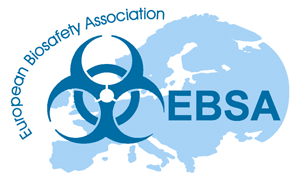About Epidemiology - what is it and what do these numbers really mean?
Epidemiology - what is it and what do these numbers really mean?
Instructor: Andreea Dobrescu
The COVID-19 pandemic increased the public’s familiarity with the word ‘epidemiology’ to a unparalleled during previous public health events. Epidemiology is one of the scientific disciplines of public health with sound methods of scientific inquiry at its foundation. It is essential to the fight against any disease. Its central paradigm is that analysis of population patterns of disease, particularly by linking these to exposure variables (risk factors), provides understanding of their causes. Epidemiology is useful in other ways, including preventing and controlling disease in populations and guiding health and health-care policy and planning.
This webinar gives an introduction into the large toolbox of epidemiological data, methods and approaches to disease investigations.
Bullets
- Introduction to Epidemiology
Key features and applications of descriptive and analytic epidemiology - Summarizing Data (optional)
Calculation and interpretation of mean, median, mode, ranges, variance, standard deviation, and p-value - Measures of Risk
Calculation and interpretation of ratios, proportions, incidence rates, mortality rates, prevalence, fatality rate, herd immunity and Reproduction (R) value, - Displaying Public Health Data
Preparation and application of tables, graphs, and charts such as arithmetic-scale line, histograms, pie chart, and box plot - Public Health Surveillance
Processes, uses, and evaluation of public health surveillance - Investigating an Outbreak
Steps of an outbreak investigation
Learning outcomes
After this course the participant
- knows key features and applications of epidemiology
- is able to calculate and interpret epidemiological effect estimates
- understands processes, uses, and evaluation of public health surveillance
- knows the steps of an outbreak investigation
